Why the Middle Class in India is Dying
The plight of the middle class in India has become a topic of growing concern in recent years. To fully understand the reasons behind this decline, we first need to define who belongs to the middle class. A popular framework developed by businessman Kishore Biyani divides Indian society into three segments based on income.
India-1 (Upper Class): Comprising 120 million people with an annual per capita income of approximately ₹1.23 million, this group is responsible for 50–60% of India’s consumption.
India-2 (Middle Class): This aspirational group consists of about 300 million individuals, with an average annual per capita income of ₹250,000. For a family of four, this translates to an annual household income of roughly ₹1 million.
India-3 (Lower Class): Representing the majority of the population, this group struggles with poverty and lacks significant savings.
While Indian companies cater predominantly to the upper and middle classes, recent trends reveal a widening economic gap, where the upper class thrives, but the middle class is overburdened with taxes, inflation, and stagnant wages.
Table of Contents
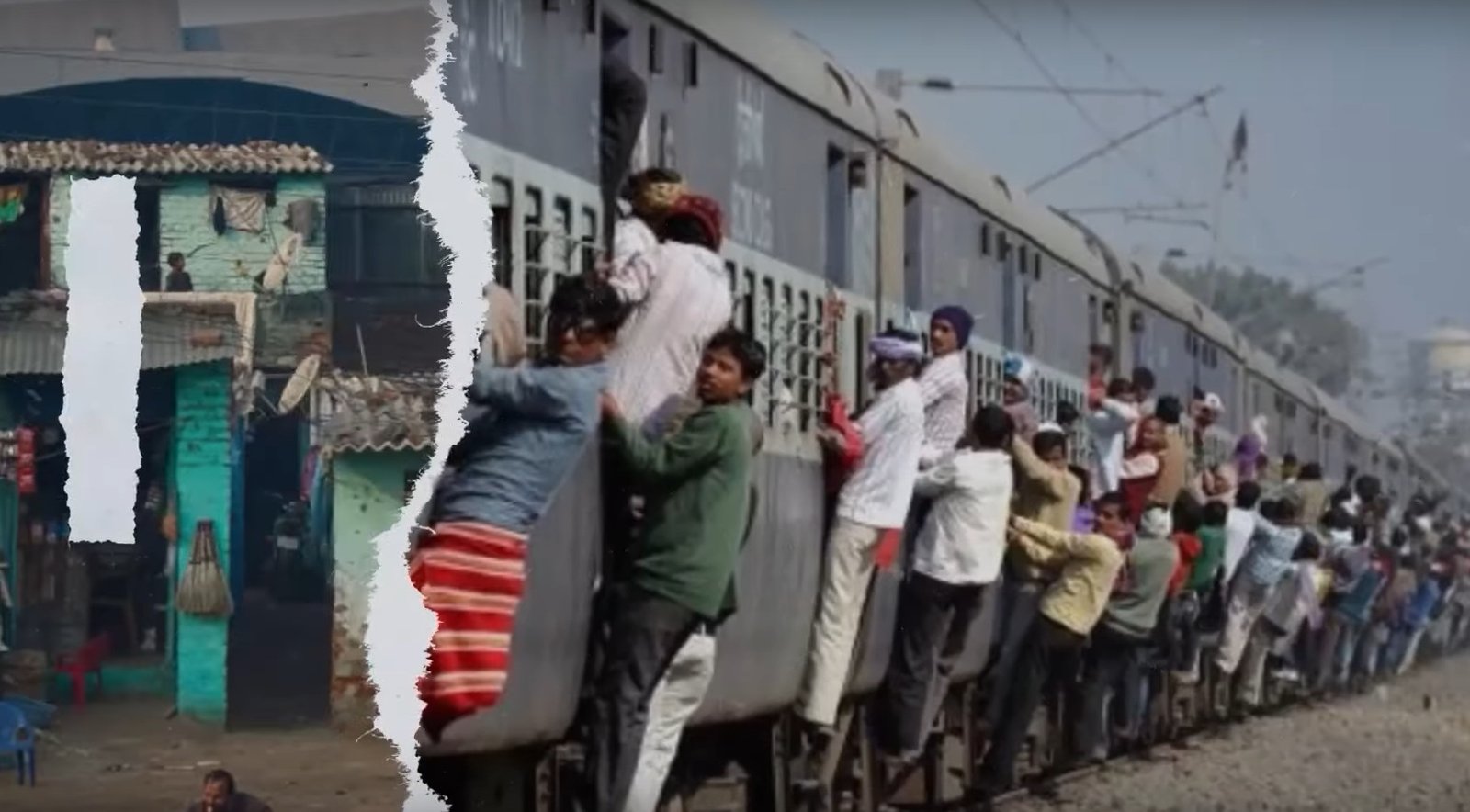
The Squeezed Middle Class: How Tax Policies and Economic Trends Are Impacting Urban India
The way that the middle class is squeezed dry by the government is being slowly realised by the people. People are opening their eyes to it. Last month, after the GST Council meeting, when the Finance Minister announced that popcorn will be taxed in multiple ways, non-branded popcorn at 5% GST, branded popcorn at 12%, and caramel popcorn at 18%.”While treating popcorn as long as it is salty, salted, masala added, spicy masala, chilli powder, anything, it’s taxed at 5%. But when it has added caramelised sugar, it is no longer salty.
It’s good that people are becoming aware, but most people cannot understand how deep and severe this problem is.It’s not just about the GST rates of 10-12 items. In reality, the middle class of our country is gradually being wiped out. And this issue is much bigger than Nirmala Sitharaman.
In the second quarter of 2024, India’s largest FMCG company, Hindustan Unilever’s profit fell by 3.86% compared to last year. FMCG stands for Fast Moving Consumer Goods. The packaged food items. It also includes cosmetics, skincare, cleaning products, health supplements, diapers etc. Those products that an average person buys for their day to day lives. These are the items to meet basic necessities. If their sale is decreasing, it signals that there’s a major problem somewhere.
The reason for this is said to be India’s shrinking middle class. According to Hindustan Unilever’s CEO, Rohit Jawa, urban growth is falling. But it’s not just one company, it can be seen with almost every FMCG company.
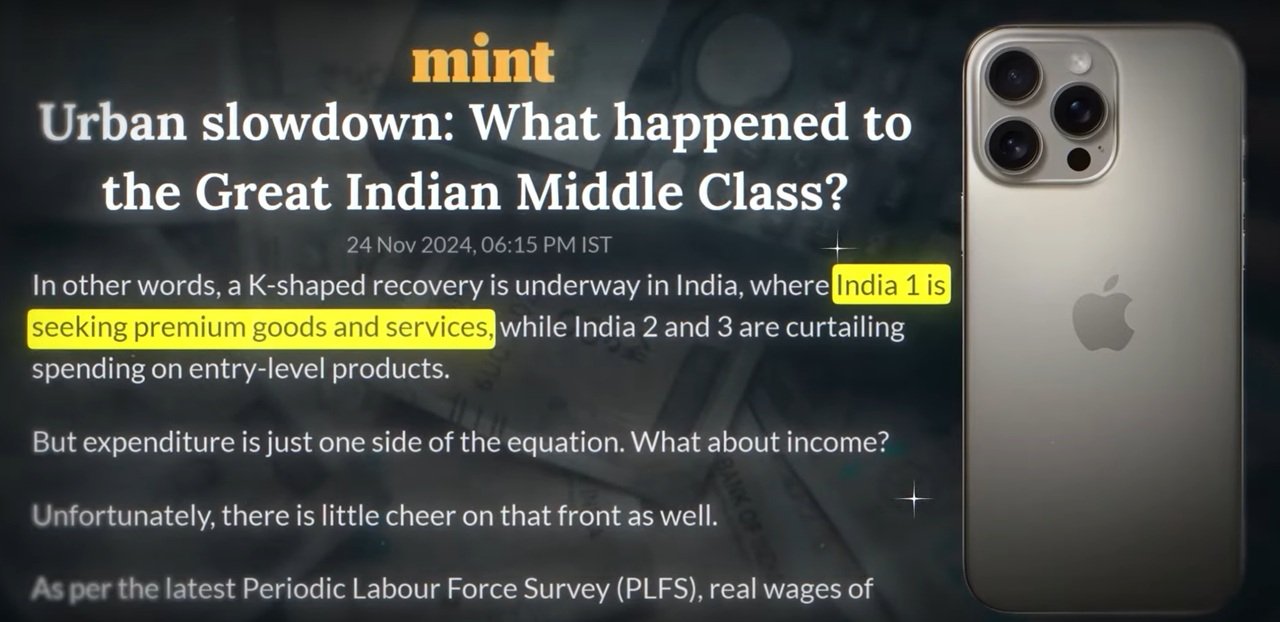
Nestle India’s chairman, Suresh Narayanan says that the lack of demand is the most severe in megacities and metros. Tata Consumer Products said that the urban demand has decreased.
While ITC says that economic activity in this quarter has decreased. Urban areas represent the people living in cities, the middle-class people living in cities, do not have money to spend. The government has taxed them so much that perhaps they aren’t even middle class anymore.
Economic Inequity: The Growing Divide
At a glance, India’s GDP growth and government revenue appear impressive. However, these figures mask the struggles of the middle and lower classes. The upper class has shifted to premium goods and services, enjoying disposable incomes that fuel consumption. Meanwhile, the middle class finds itself unable to afford even entry-level products.
The situation for the lower class is far worse, with many relying on government-provided free rations to survive. The question arises: why is the middle class in India dying under these circumstances?
The Corporate and Government Nexus
The narrative that blames the middle class for its struggles is both misleading and harmful. Corporate leaders often label Indian workers as lazy and advocate for longer working hours, suggesting that personal effort is the solution to financial woes. In reality, however, the middle class is being drained by corporate greed and government policies.
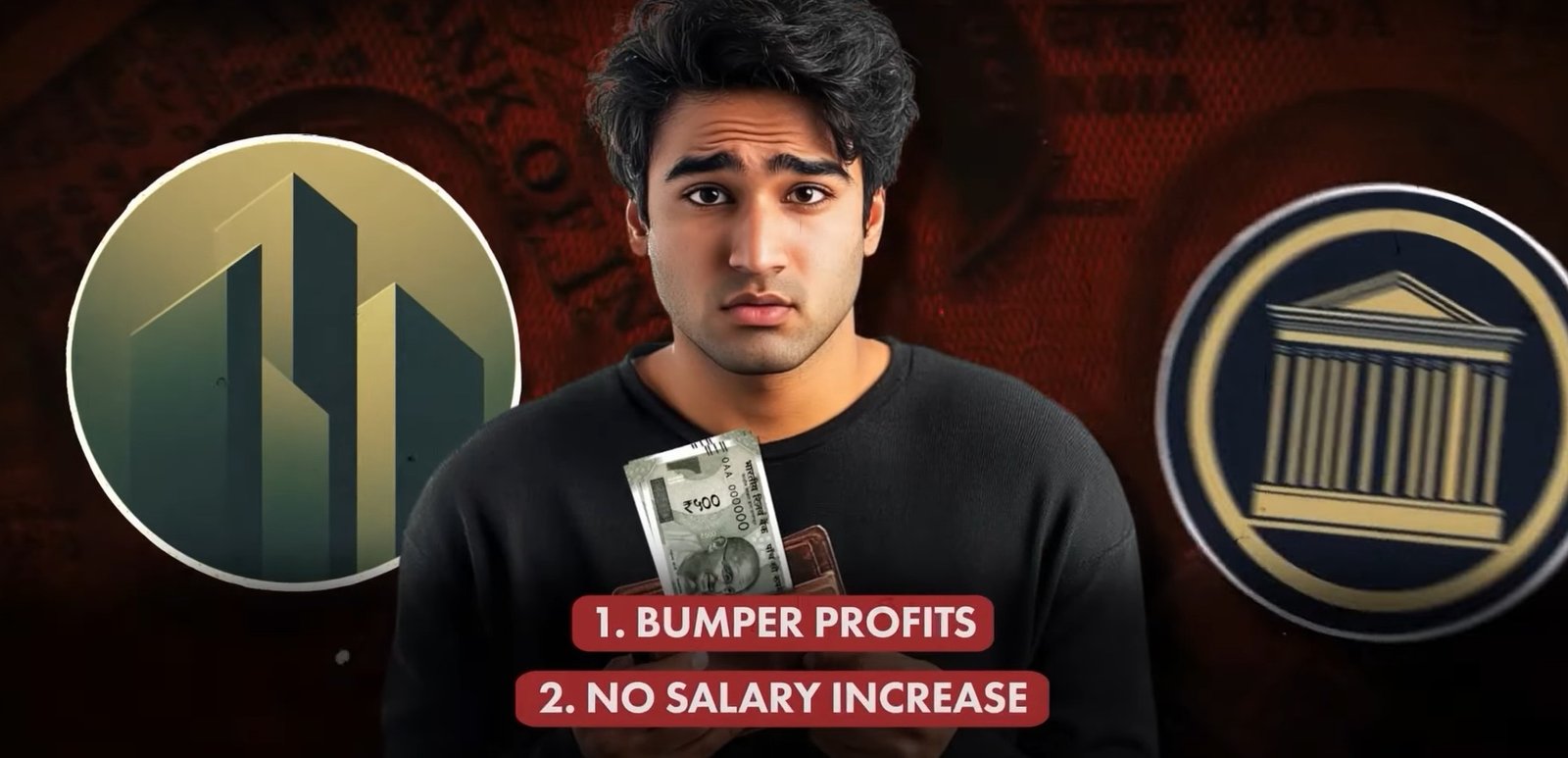
Corporate Profits vs. Wage Stagnation
Indian corporations have recorded record profits in recent years. Between 2019 and 2023, profits in major sectors grew fourfold. Yet, salary growth during this period remained negative due to rising inflation outpacing wage increases.
Chief Economic Advisor V. Anantha Nageswaran highlighted the disparity, noting that corporate profits soared from ₹5.3 trillion in FY20 to ₹20.6 trillion in FY23, while employee compensation lagged. This mismatch underscores how companies prioritize profits over fair wage growth.
Tax Breaks for Corporations
In 2019, the Modi government introduced corporate tax cuts, resulting in a revenue loss of ₹1.44 trillion in 2019-20 alone. The assumption was that these savings would boost investments, create jobs, and stimulate the private sector. However, this has not materialized. Over the past five years, the government has lost approximately ₹9 trillion due to reduced corporate taxes, money that could have been invested in healthcare, education, and infrastructure.
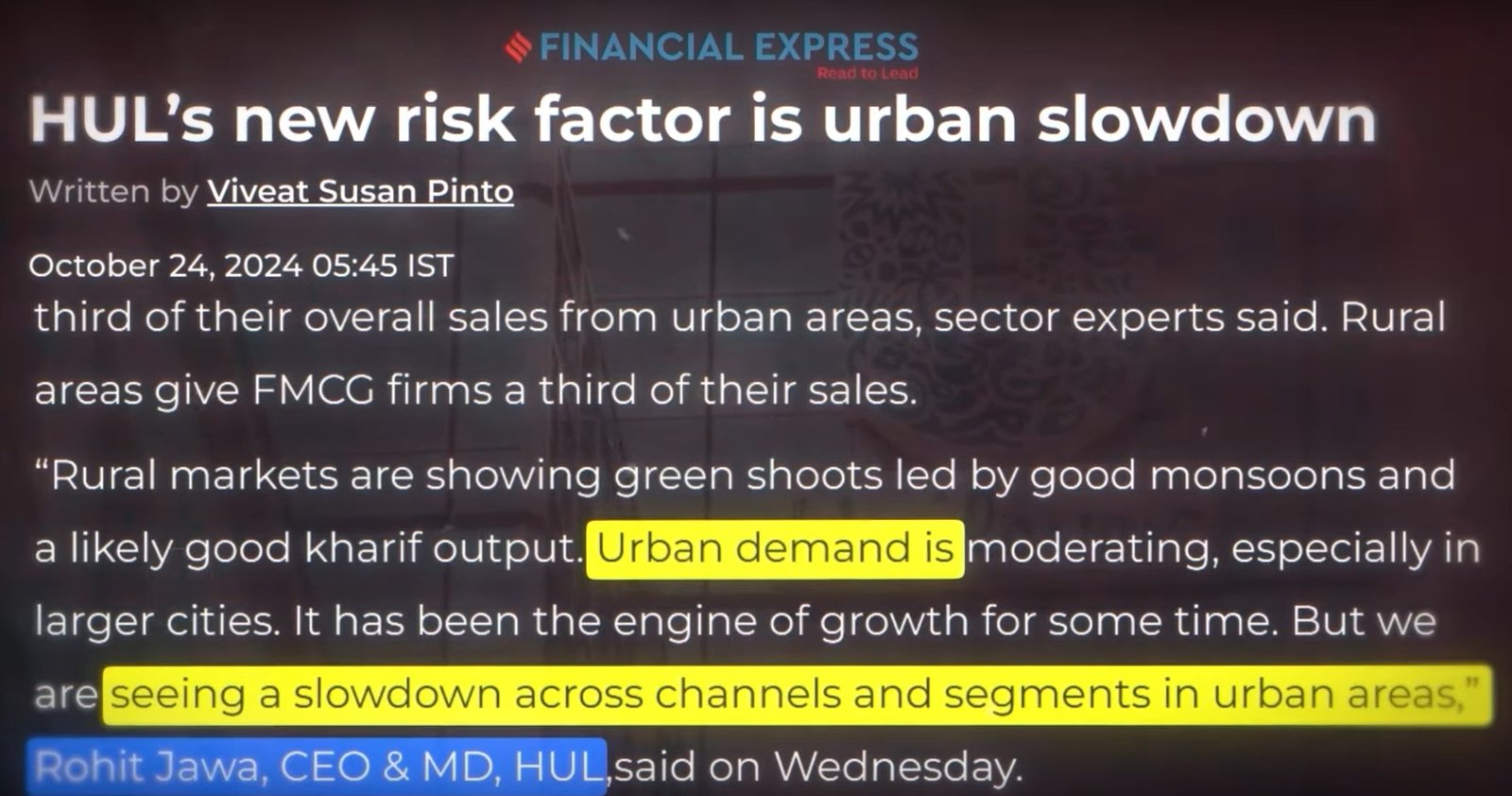
The burden of this revenue shortfall has shifted to individuals. In 2023-24, personal income tax contributions surpassed corporate tax collections, with fewer than 3% of Indians paying ₹11.56 trillion in taxes—₹1 trillion more than all Indian companies combined.
The Impact of GST on the Middle Class
The Goods and Services Tax (GST), introduced as a unified taxation system, disproportionately impacts the middle class. According to an Oxfam report:
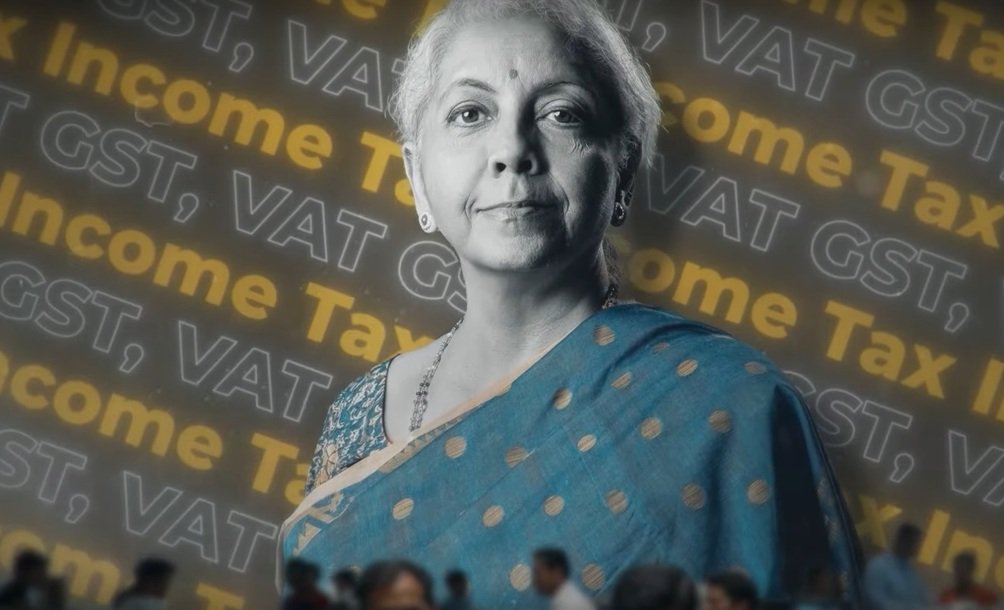
Over 60% of GST revenue comes from the bottom 50% of earners.
The middle 40% contributes one-third of the total GST.
The top 10% pay only 3–4% of GST.
This regressive tax structure places a heavier financial burden on those who can least afford it. Essential items like pre-packaged flour, curd, and lentils attract a 5% GST, while luxury goods and services often receive exemptions or lower rates for bulk purchases by corporations.
Skyrocketing Costs of Living
Housing and Rent
The dream of homeownership has become unattainable for many middle-class families. In India’s top cities, housing prices have soared. For instance, in Gurgaon, prices have increased by 160% since 2019. Even renting has become a financial strain, with rents for 2BHK apartments rising by 64% in five years.
Transportation
Purchasing a car is another costly endeavor, with taxes accounting for a significant portion of the price. For example, a Toyota Fortuner priced at ₹3.928 million includes ₹1.3 million in taxes. Add to this registration fees, tolls, and fuel taxes, and the cost of owning a vehicle becomes exorbitant.
Education and Healthcare
The rising costs of private education and healthcare are additional burdens. Private school fees average ₹150,000 per child annually, while GST on health and life insurance premiums has increased to 18%. Public services remain underfunded, forcing the middle class to rely on expensive private alternatives.
The Shrinking Middle Class: Why It Matters
The question remains: why is the middle class in India dying? The answer lies in systemic exploitation. Corporations prioritize profits over employee welfare, while government policies disproportionately tax the middle class and fail to curb inflation.
The middle class, traditionally seen as the backbone of the Indian economy, is now shrinking. Without a thriving middle class, the country risks increased economic inequality and social unrest.
Conclusion: A Call for Change
The middle class in India is dying not because of a lack of effort but due to structural challenges. It bears an unfair share of the tax burden while receiving little in return in terms of public services or economic opportunities. To address this, India must:
Reform the tax system to ensure corporations contribute their fair share.
Prioritize inflation-linked wage growth.
Invest in public healthcare, education, and infrastructure to reduce reliance on expensive private options.
Ensure accountability in corporate and government policies to protect the interests of the middle class.
A healthy middle class is essential for sustainable economic growth and societal stability. Without urgent reforms, the gap between India’s rich and poor will only widen, leaving the middle class struggling to survive in an increasingly inequitable society.
So, I believe I’ve given you all the information. I hope you gain some information’s. If you did, don’t forget to like and share it. Stay tuned to our webpage for regular updates and insights.
Experience the power, feel the comfort, and embrace the evolution for the most recent Tech, Finance news and reviews, Health tips and many more follow themdakbar Blogs. See you in the next article. Until then, goodbye!


